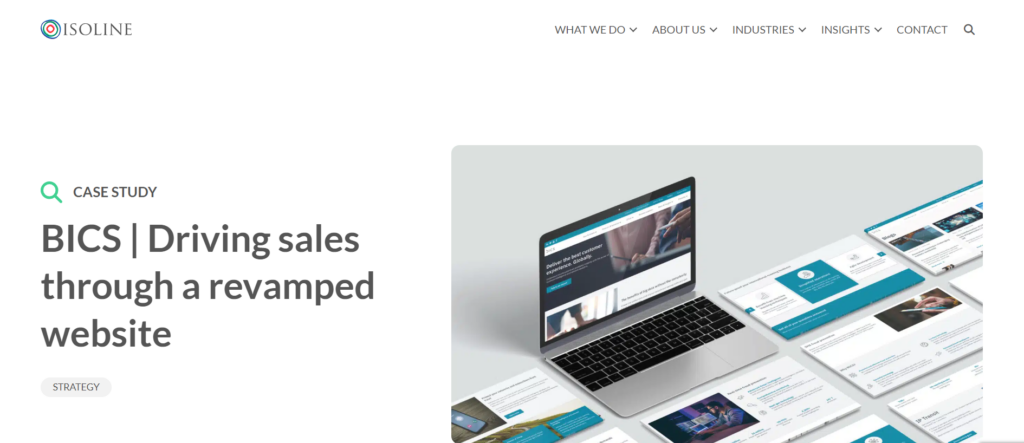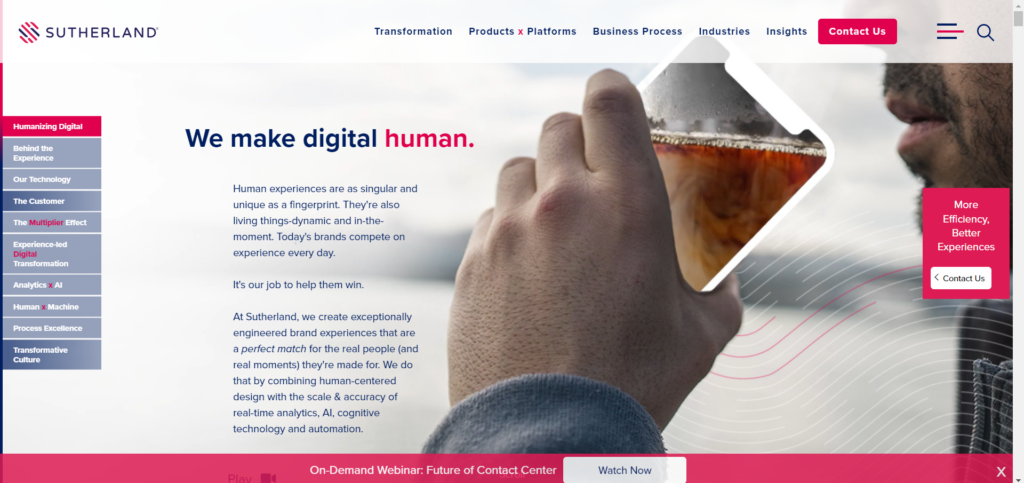It’s been said before, and it will most likely get said again. The B2B technology sector moves fast. The technology, the people, the thinking, and the progress. There’s no time to waste when you’re trying to solve real business challenges and pain points as effectively and efficiently as possible.
But how exactly can the decision-makers who need to purchase the technologies, solutions, services, and platforms keep up with the ongoing advancements? How can they be sure they are making the best choice for their unique needs and the goals the company is looking to achieve?
They need time to research, and information at their fingertips. Our recent report Tech for Thought 2024 found that 92% of tech B2B buyers are spending as much – or more – time researching suppliers through content than they were a year ago. And these buyers will consume an average of 4.2 pieces of content before they make a decision and contact a supplier.
That makes content king in any decision-making process. Not just any old content will do either: buyers need highly relevant, quality content that answers their questions no matter what stage of the purchasing journey they are on.
These are the main questions your content needs to answer to lead to a purchase.
Question 1: What does the technology actually do?
Nearly three-quarters (74%) of tech B2B decision-makers in Europe and North America use content to learn about the features of the tech . They need to understand that the product or service does what it says on the tin, otherwise they simply won’t buy it. That means any content created – whether it’s case studies, blogs, videos, or whitepapers – needs to showcase what the solution does, and how it does it, in a simple, easy-to-understand way.
Buyers have said they look for content that is detailed yet concise at every stage of the process. Content must thoroughly demonstrate the solution’s capabilities, and how it will practically solve challenges – but without waffling or including unnecessary and irrelevant information.
One such example that we’ve seen work is a fintech blog around AI and machine learning in healthcare billing, which explained exactly how the emerging technology worked to create discounts that benefited patients and improved the financial outcomes of providers as well.
Question 2: How is the solution going to impact on and add value to the business?
More than just wanting to understand how a technology’s features will solve challenges, decision-makers also want to know the impact it will have on the overall business and the value it will add to the bottom line.
This is where case studies come in handy: for many businesses in the B2B space (and beyond), nothing is as convincing, useful, or trustworthy as a good case study that can demonstrate real results of where services and solutions have solved specific problems and resulted in efficiencies and savings for the business.

The key is to focus on the value generated: increase in sales leads generated and won deals, or reduction in total cost of ownership or handling and processing times. People want to know exactly what they’ll get out of their investment.
Question 3: Why should I choose this solution over all the others?
There are countless technologies, products, and services out there – and they all promise to reinvent or revolutionise business as we know it. Decision-makers want to know what sets yours apart, and why they should select it over and above the other options on the market.
Focus on your product’s or service’s differentiators, and how these features and characteristics will help them address challenges and achieve the outcomes they have set for themselves.
Be careful not to be to be too promotional, however: our survey of tech buyers found that 33% of decision-makers will decide not to use a supplier if their content is too sales-focused or self-promoting. Stick to the facts and what your solution can do. B2B videos are a popular and effective way to offer valuable insights, product demonstrations, or tutorials in a way that captivates your audience.
Question 4: Will this work with other technologies and solutions the business already has in place?

Investments into technology solutions are resource-intensive. They cost time and money to implement and deploy fully. When it comes time to upgrade or replace legacy technology, decision-makers want to know that any new systems will integrate with existing infrastructure and won’t require an overhaul.
You will need to cover the technology’s integration capabilities to assure prospects that new solutions will work effectively with the ecosystem already in place and enhance efficiencies and performance.
Your website is an important tool to communicate this: you can, for instance, include a technical page with details about your products or services including how easy the software is to integrate with their legacy systems. You can also use creative ways to showcase your content while simultaneously answering your prospective customers’ questions.
Question 5: What happens after I’ve decided to make the purchase?
Most organisations aren’t just looking for a one-off solution, they are investing in a system or service to transform end-to-end processes and ways of doing things. They want reassurance that their suppliers aren’t just going to ‘sell-and-run’. They want to know that they’ll get the support they need as the technology is implemented, and if there is any troubleshooting needed.
Let prospects know your company’s approach to support and after-care. Again, your website is a good place to start: two-thirds of decision-makers use supplier’s websites most commonly when considering a purchase. So, use it as an opportunity to showcase who you are and how you will support your buyers on their journeys.

If you’d like to find out how to create content that can effectively answer these questions to lead to a purchase, get in touch with us on hello@isolinecomms.com.



